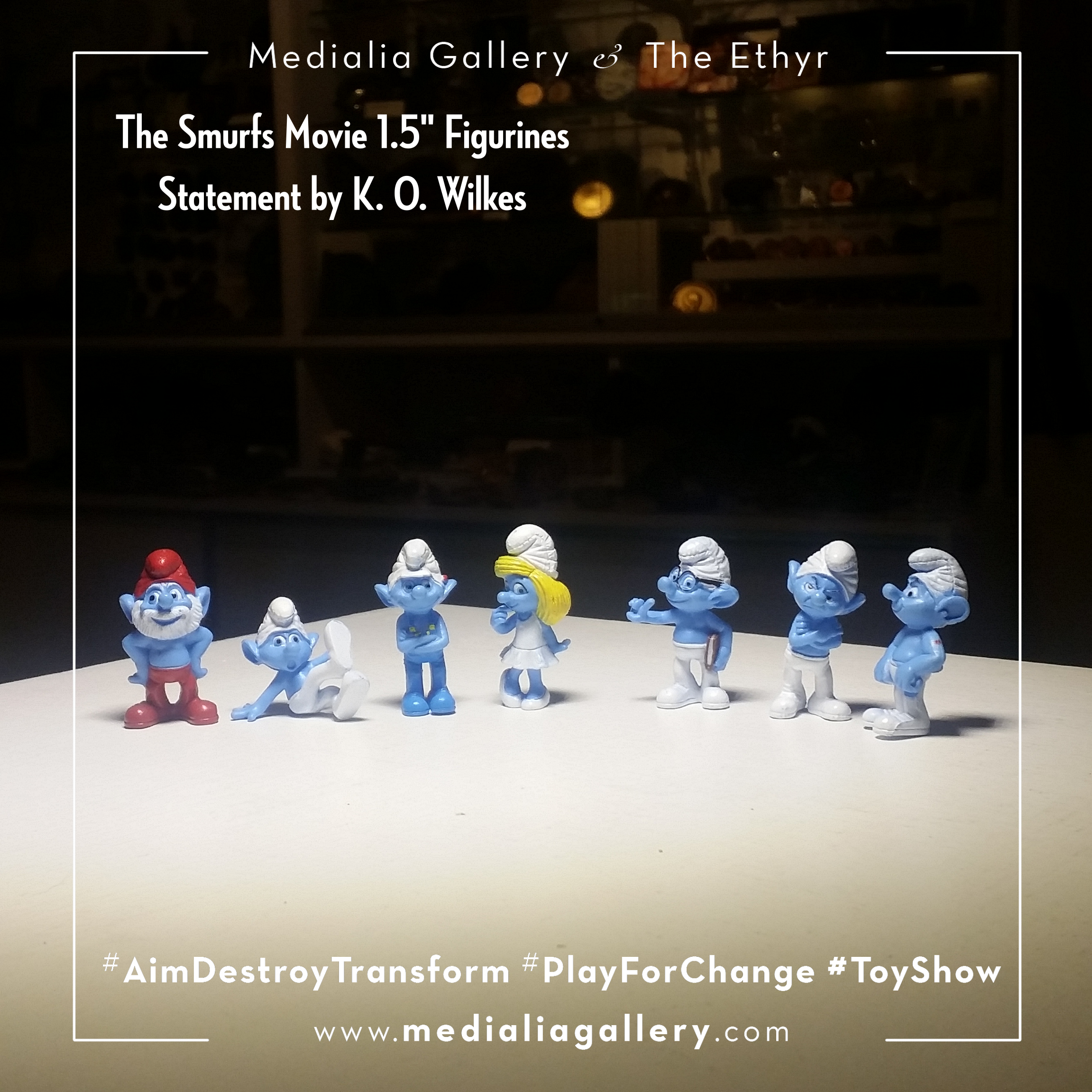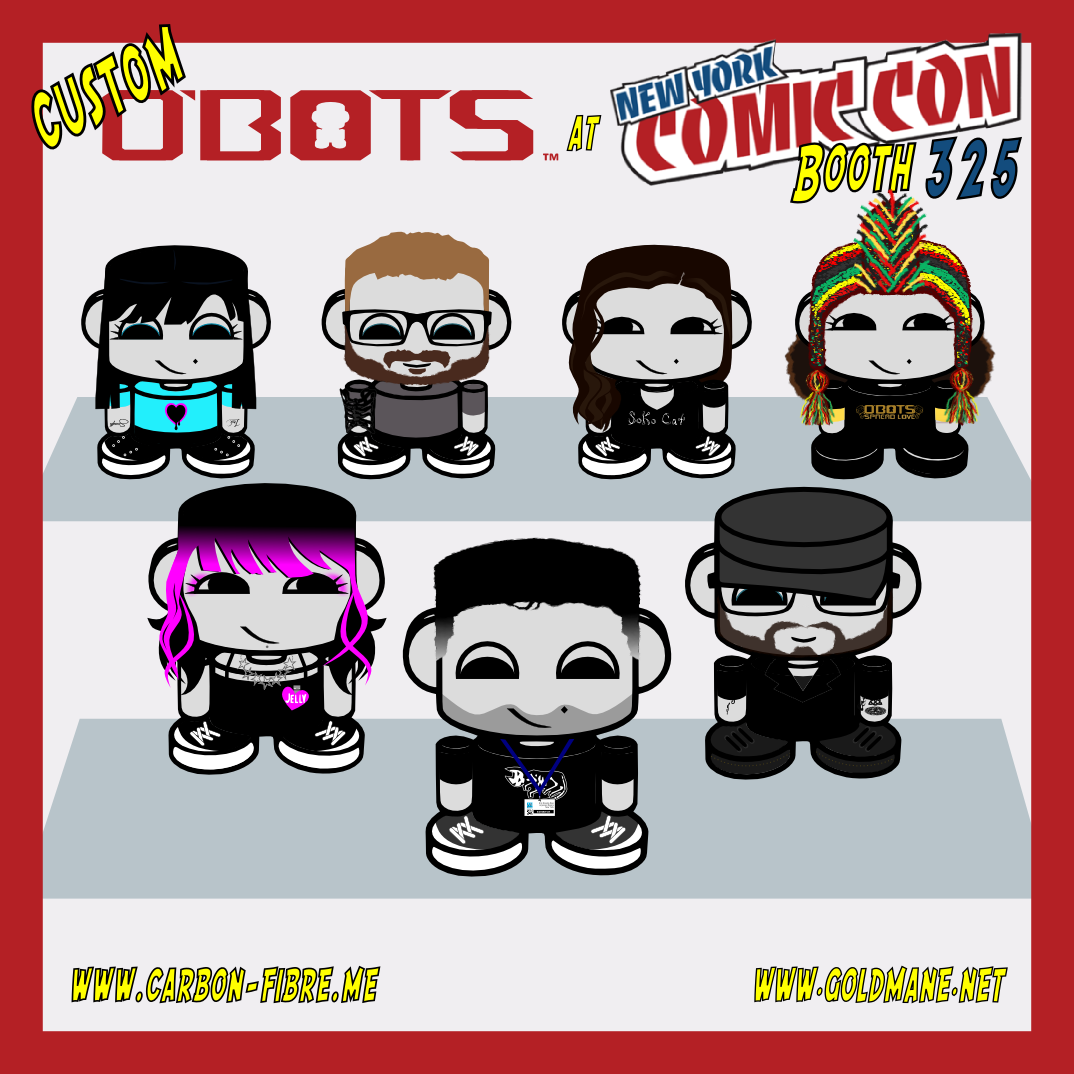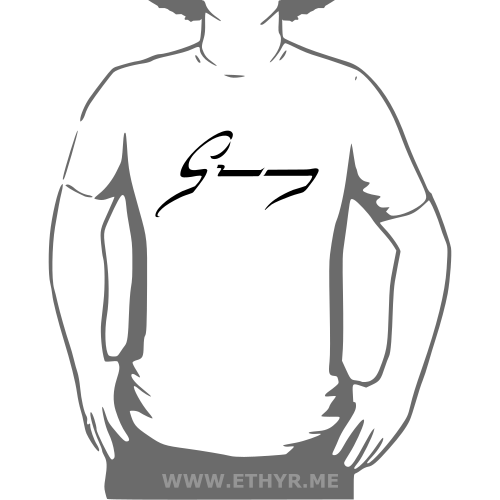STATEMENTS: Medialia Gallery & The Ethyr Presents: Aim, Destroy, Transform: Play for Change Toy Show :: November 2017 :: NYC :: Smurfs and the Smurfette Principle by K. O. Wilkes
/For any unfamiliar with the 1960s comic strip and 1980s T.V. series The Smurfs, The Smurfette Principle, which was coined by Katha Politt in The New York Times, is the act of including a single female character in an otherwise all male cast. This female character is presented as the other and has little agency or purpose other than to push the character development of her male counterparts just by being female.
Smurfette is one in 99 smurfs. The Smurfs were all male and named after their various character traits such as Hefty, Poet, and Vanity named for their size and eating habits, a love of poetry, and a love of oneself as represented with a constant mirror in hand. She was originally introduced by the antagonist Gargamel to destroy the smurfs using her femininity to sow seeds of jealousy amongst the exclusively male smurfs.
IMAGE: SMURFS WIKIA
She fails in her endeavors to be a source of chaos and tries to become a real smurf with the help of Papa Smurf, in the form of a laboratory and magic spells. The transformation of becoming a real smurf required a change in hair color, lengthening of her eyelashes, and a smaller nose. This change is problematic to say the least. Smurfette cannot even be seen as a wanted and valued member of society without making drastic physical changes in pursuit of what is considered conventionally pretty. What does this tell children reading the comics or watching the show? The only way to really fit in and really make friends is to change who you are? Smurfette becomes the stereotypical bombshell blonde who wears dresses and high heels, brushes her longer, fuller, and straight hair, and is both innocent and seductive. Why is this the narrative we are trying to sell to children?
She fails in her endeavors to be a source of chaos and tries to become a real smurf with the help of Papa Smurf, in the form of a laboratory and magic spells. The transformation of becoming a real smurf required a change in hair color, lengthening of her eyelashes, and a smaller nose. This change is problematic to say the least. Smurfette cannot even be seen as a wanted and valued member of society without making drastic physical changes in pursuit of what is considered conventionally pretty. What does this tell children reading the comics or watching the show? The only way to really fit in and really make friends is to change who you are? Smurfette becomes the stereotypical bombshell blonde who wears dresses and high heels, brushes her longer, fuller, and straight hair, and is both innocent and seductive. Why is this the narrative we are trying to sell to children?
We have included the Smurfs in this collection to remind ourselves of the gender representation disparity and to promote the inclusion of characters not just for their identity but because they can genuinely add something to a story. Being purposeful in our storytelling and letting everyone see that a character can represent them without being a caricature. We need to ask ourselves the impact of introducing a character without considering their identity and how it is presented. If we want to change the way we see the world and understand our own position in it, we need to start with how we represent the world.
~ K. O. Wilkes
Sources Cited
- Hers - The Smurfette Principle by Katha Politt. 1991. New York Times. http://www.nytimes.com/1991/04/07/magazine/hers-the-smurfette-principle.html
- Smurfs Wikia. http://smurfs.wikia.com/wiki/Smurfette#1
- Smurfs Wiki. https://en.wikipedia.org/wiki/Smurfette
AIM, DESTROY, TRANSFORM: Play For Change: A group show of toys, games and figures at Medialia Gallery












































